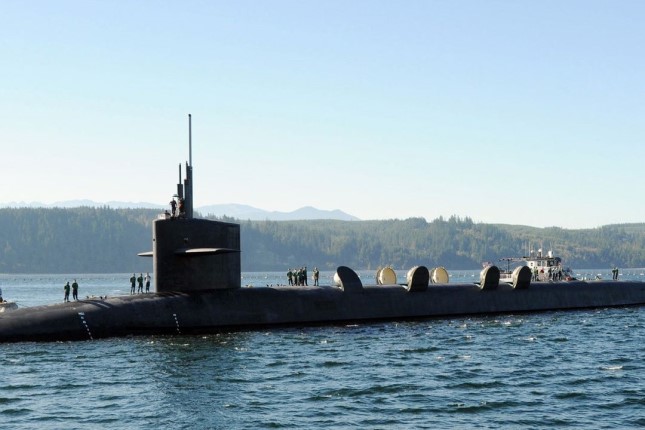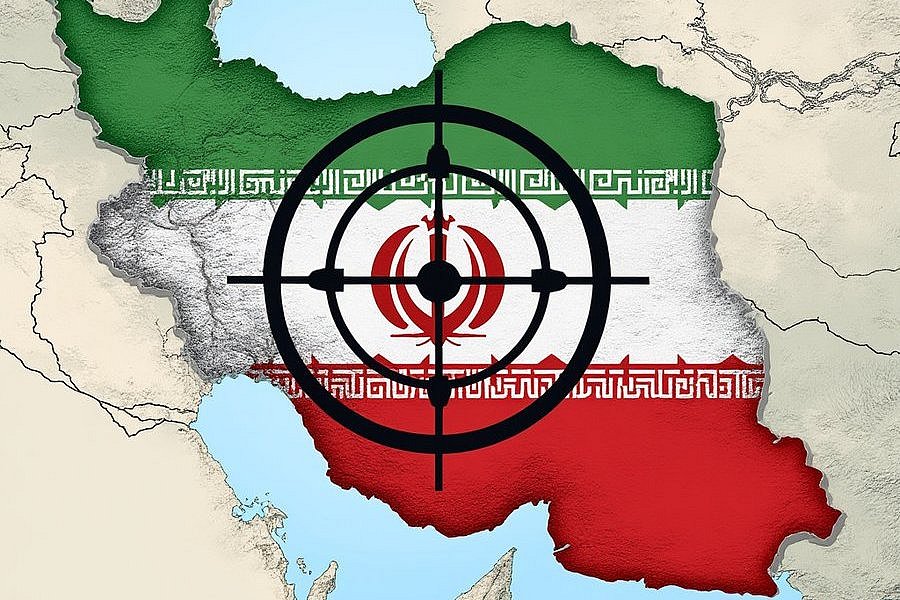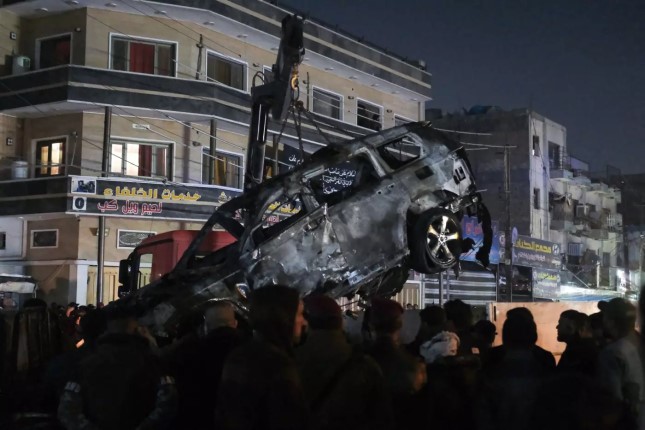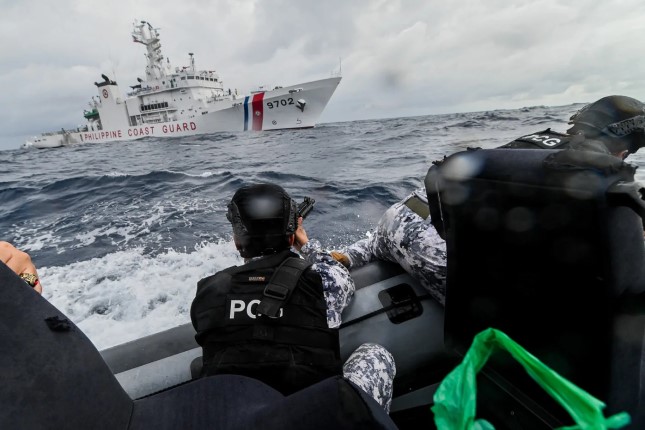The exact date of the submarine’s arrival has not been released, but is expected around July 27, the anniversary of the end of the Korean War.
Washington and Seoul have dressed up the submarine’s visit and their increasing military cooperation as a defensive response to the supposed North Korean “threat.” The deputy commander of US Forces Korea, Lieutenant General Scott Pleus, stated last Thursday, “In the near future, you can expect another show of the US commitment to extended deterrence by a port visit by the nuclear-powered ballistic missile submarine.”
US President Joe Biden and his South Korean counterpart President Yoon Suk-yeol agreed to the dispatching of the nuclear-armed submarine and other strategic assets during the pair’s summit in Washington in April, in what was dubbed the “Washington Declaration.” The two also agreed to deepen their collaboration over US nuclear weapons through the formation of a Nuclear Consultative Group (NCG).
The NCG will allow Seoul to coordinate more closely with Washington in planning and training for the use of US nuclear weapons, meaning that the visit by a submarine capable of launching nuclear weapons is not just a port call, but an aspect of Seoul’s participation in planning for nuclear war.
This nuclear collaboration is not aimed at North Korea, an impoverished country of 26 million people. It is, above all, part of the preparations for a US-instigated war against China to which the Yoon administration has signed up for behind the backs of the South Korean working class.
In this regard, Pleus also stated Thursday, “As our alliance continues to expand, we will keep building upon our commitments not only to the security of Northeast Asia, but also to a free and open Indo-Pacific and a free and open global commons.” He added that Washington and Seoul would “build greater strategic depth, enhance international cooperation and provide greater support to the rules-based international order.”
Washington and its allies routinely use the phrases “free and open Indo-Pacific” and “rules-based international order” to denounce Beijing for refusing to acquiesce to US hegemony in Asia. The US military provocatively dispatches vessels and aircraft capable of delivering nuclear weapons to the region while conducting “freedom of navigation” voyages near China.
At the same time, Washington hypocritically seizes on any incident to denounce Beijing as a threat including recent claims that China is setting up a spy outpost in Cuba. This is despite the fact that nearly every nation engages in some form of espionage. The US itself conducts massive spying operations around the world on enemies and allies alike. The US, in other words, demands other nations to adhere to strict codes of conduct decided in Washington, while ignoring these rules when it sees fit.
Even as the US, along with its NATO allies, escalate the war against Russia in Ukraine, it is preparing apace for a conflict with China which Washington regards as the chief threat to its global dominance.
The upcoming submarine visit follows a similar dispatch of the USS Michigan, an Ohio-class guided missile submarine (SSGN), in June. Rather than ballistic missiles, this vessel fires Tomahawk cruise missiles which can carry conventional or nuclear warheads. The USS Michigan left South Korea on June 22 following combined drills with the South Korean navy.
Other drills carried out by the two allies include combined air drills over the Korean Peninsula last Friday involving at least one US B-52 strategic bomber. The drills also included South Korean F-35A and KF-16 fighter jets as well as F-16 and F-15E US fighters.
These drills and military visits are being used to goad North Korea and China. Washington has resumed large-scale military drills with South Korea, triggering a reaction from Pyongyang that typically includes missile tests. North Korea held a mass rally on June 25, the anniversary of the start of the Korean War, denouncing the US for its “desperate efforts to ignite a nuclear war” in a statement released the following day.
While the North’s missile launches pale in comparison to the weaponry that the US has available, Washington seizes on these tests and Pyongyang’s bombastic language to justify the further militarisation of the region.
The US is planning the full rollout of its Terminal High Altitude Area Defense (THAAD) battery in South Korea. THAAD was first installed in 2017, shortly before Moon Jae-in, of the now main opposition Democratic Party of Korea (DP), took office as president. Falsely posturing as an opponent of war even as he oversaw THAAD’s deployment, Moon called for an environmental risk assessment rather than take actual steps to stop the installation.
With the risk assessment now concluded, the way has been cleared for the battery’s full deployment. The battery includes the AN/TPY-2 radar system, which is capable of spying deep into China, leading Beijing to call the battery a security threat. Washington claims it is necessary to protect South Korea from a supposed North Korean attack. In reality, THAAD, which does not even cover Seoul from its current location in Seongju County, is meant to protect US bases as Washington turns South Korea into the frontline of a war with China.
Seoul is also working to whip up anti-China sentiment, with the government declaring that Beijing’s protests over THAAD and the possible deployment of additional batteries represent an attack on South Korean “sovereignty.” This is reminiscent of the manner in which NATO claimed that Russia’s requests for security guarantees in Ukraine was an assault on Kiev’s sovereignty even as Washington actively stoked a war in the country.
Photo: Ohio-class ballistic submarine USS Alabama (SSBN 731) © US Navy photo by Ray Narimatsu.
Source: World Socialist Web Site.
































